How To Season A Cast Iron Skillet
As an Amazon Associate I earn from qualifying purchases.
Today I am thrilled to bring you a guest blogger who will be speaking on a topic we all need to know about – how to season a cast iron skillet the right way. As a Mechanical Design Engineer, Richard Hall may seem an unlikely choice for a food blogger, but his heritage, common-sense know-how, and generosity in sharing his knowledge with us make him the perfect choice for a topic of the utmost importance to any Southern cook! Thank you, Rich!
Hey all,
Since Southern Plate has all these great Southern recipes, I thought it might be useful to share how to season a cast iron skillet or other types of cast iron cookware. You may ask, what is seasoning and why do I need to season my cast iron skillet? The answer is very simple. Seasoning makes it non-stick like all the new miracle cookware. And the why is you can buy and maintain a non-stick skillet with nothing more than vegetable oil and shortening and common sense and it will never wear out. The cast iron skillet can be used to cook on the stovetop, the oven, or the grill. A good iron skillet can be passed down as an heirloom if taken care of properly.
What You Need to Season a Cast Iron Skillet
It is very simple to do albeit a little messy. What you will need is:
- The cast iron skillet
- A box of vegetable shortening, which can be purchased in your favorite supermarket for less than $2.
- A roll of heavy paper towels
- Your oven
Just a quick note, the seasoning of a new skillet and the re-seasoning of an are the same except for the first step. So let’s get started.
How to Season a Cast Iron Skillet
Wash new skillets before seasoning
Make sure your new has been washed in hot water and mild dish soap. This will remove the factory anti-rust coating. For re-seasoning an existing skillet, just make sure to wipe the entire surface with hot water and a clean washcloth or a paper towel (sponges need not apply). Dry the skillet by heating it on the cooktop then let it rest and cool. Preheat your oven to 200 degrees.
Season with vegetable shortening or oil
Fold the paper towel into a fourth and place a dollop of vegetable shortening in the skillet. The size is not important, but for a 10” skillet, use about 1/4 of a cup. More can be added as required to cover.
Instead of lard or vegetable shortening, use any kind of vegetable oil. I recommend refined coconut oil as it has a higher smoke point.
Take the paper towel and coat the interior, the exterior down to the bottom edge, and the handle liberally.
I don’t coat the very bottom of the skillet, as any cooking surface that it touches will make smoke and just burn off the shortening or oil.
Place the skillet in the oven
Once you have the skillet coated, place it in the oven (at 200 degrees) and set a timer for 3 hours. This low temp will open the cast iron pores up and allow the vegetable shortening to penetrate as it liquefies.
Remove from the oven
After the time is up, cut off the oven and let the skillet cool. Once it is cool enough to touch, wipe it down with another paper towel to remove any or vegetable shortening and just leave a on the surfaces.
In another hour or so, wipe it down again.
After this final wipe, the skillet will continue to cool and in about an hour will look like the last picture.
Using Your Cast Iron Skillet
Now you are ready to use the skillet. For the first couple of uses, cook something greasy like bacon or sausage. This will help heat cycle and re-coat the interior surface which will make the non-stick coating better. Also, be aware that it is going to smoke for the first couple of uses as it heat cycles and burns off the water trapped in the pores and the excess vegetable shortening.
To maintain the skillet you will need to wipe the interior every couple of months with bacon grease during a heat cycle or cook something greasy and re-season about every 2 years following the process above.
Also, don’t let food sit in the skillet as this will remove the seasoning.
After each use, wash the skillet out using a very mild soap solution and warm water. NEVER wash in the dishwasher. The reason for using mild soap solution is to keep from removing the seasoning layer.
One other note that I personally do is the drying step after a wash. I will turn the cooktop on to high heat and place the wet skillet on it for about a minute. This will heat the skillet up enough to dry the water and heat cycle the pores. This keeps everything as it should be.
—
If you choose, you can render your own lard from bacon drippings. If you own a microwave bacon-cooking tray it is very easy. Just cook some bacon and let the drippings cool either in the tray or pour them into a bowl or shallow dish while still hot. Once it has cooled and congealed, you can use it just like the vegetable shortening as described above. This is perfect for the occasional re-seasoning of your skillet.
I hope this has been helpful and if you have any questions just direct them to Southernplate.com and I’m sure Christy can find me to get the answers.
See you ’round,
Rich
Before you go, check out these great cast iron recipes:
Southern Cubed Steak and Milk Gravy
Skillet Carrot Cake from Southern Cast Iron

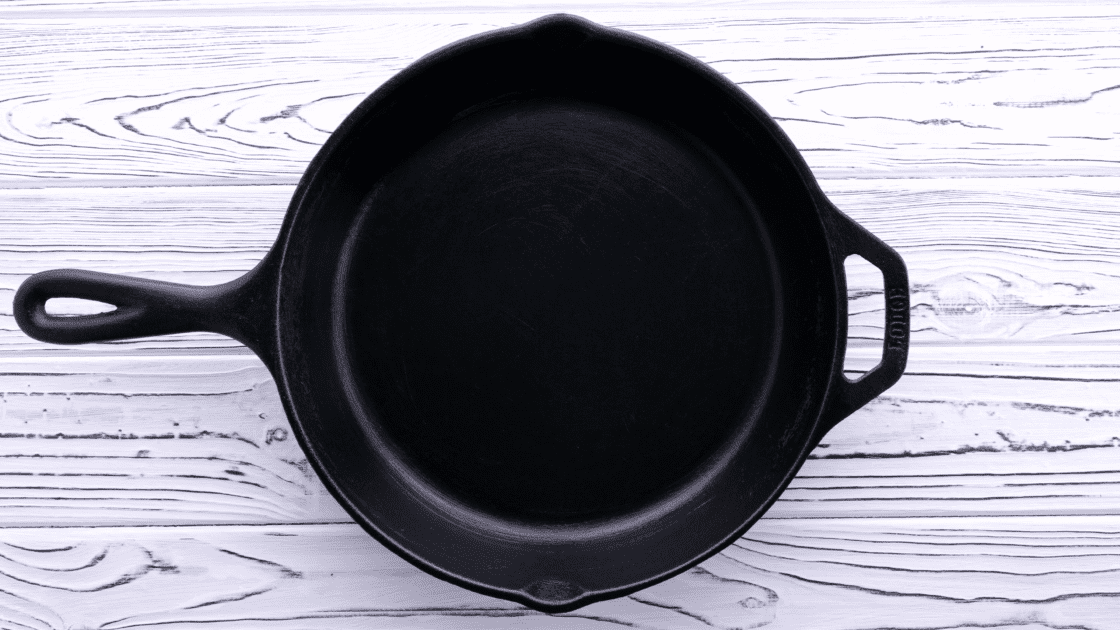
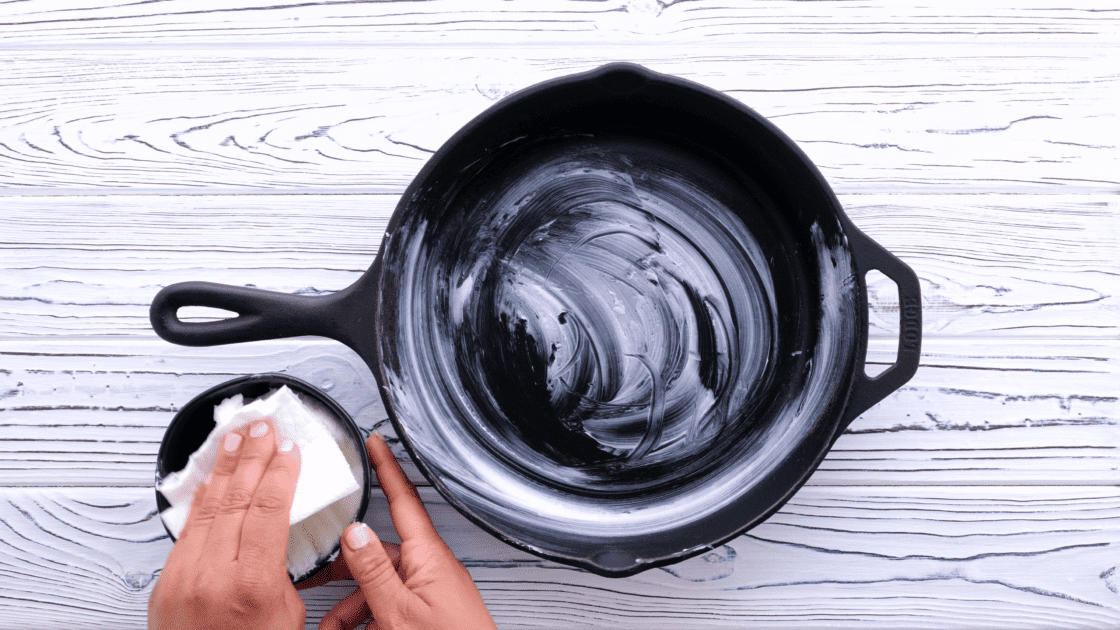
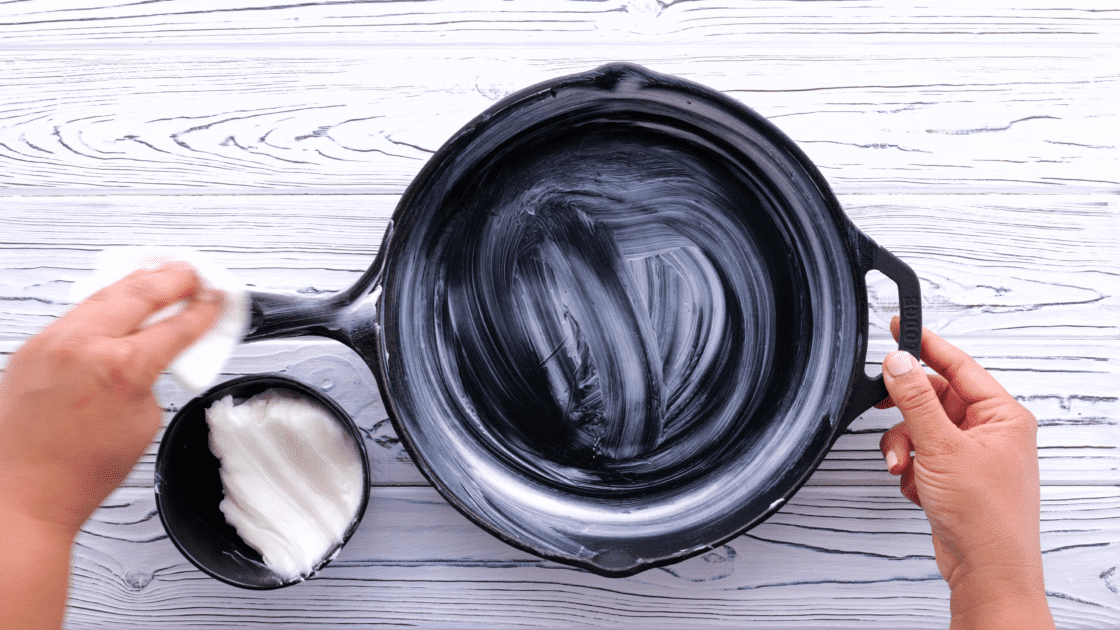
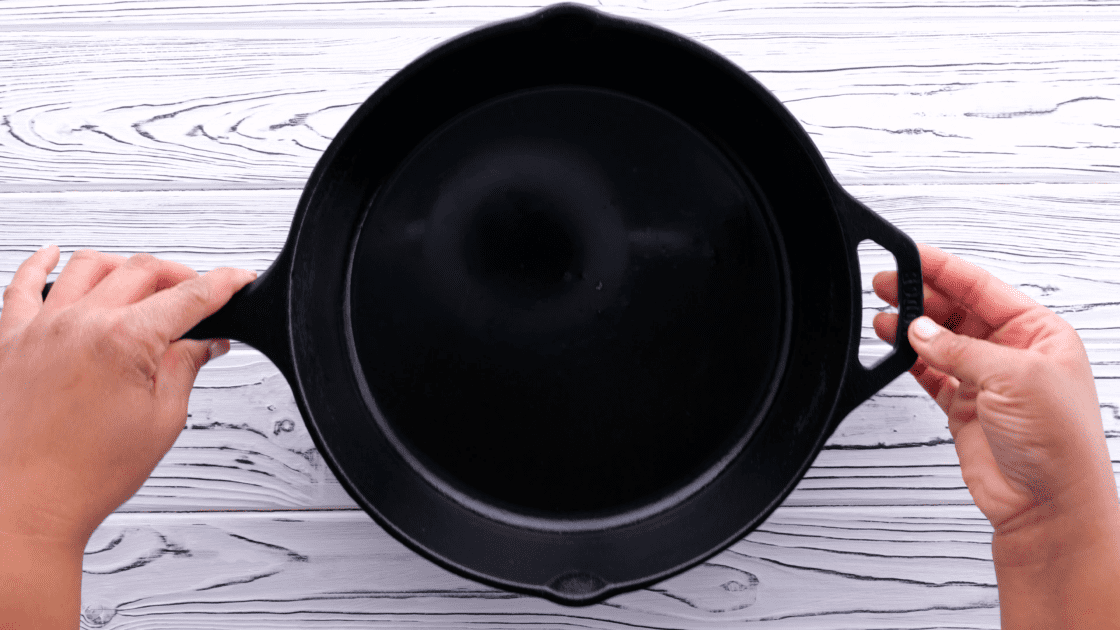

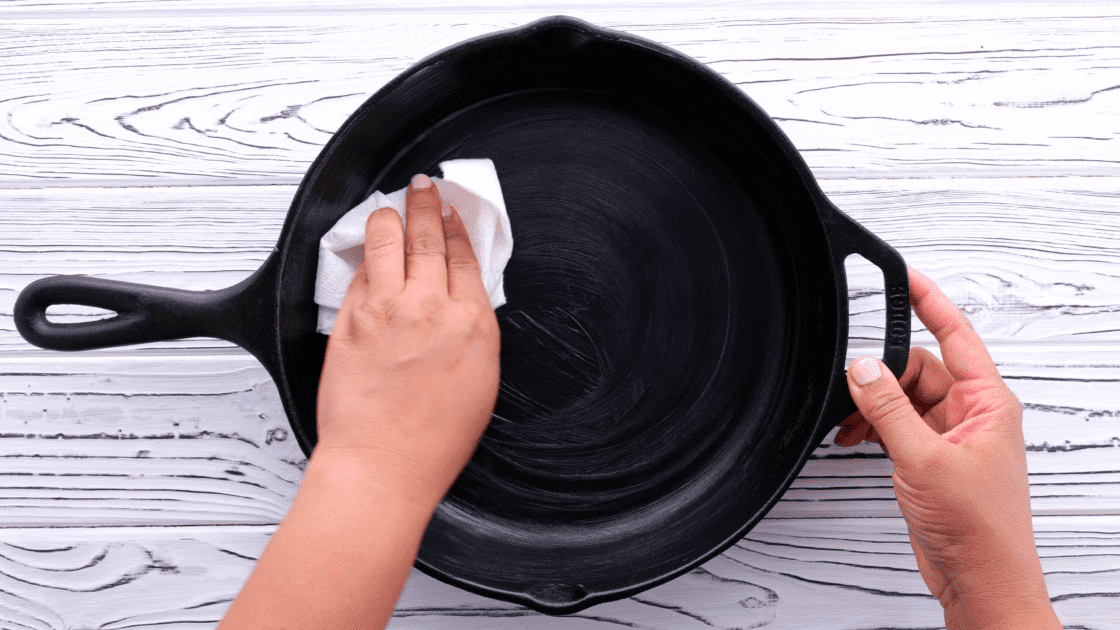

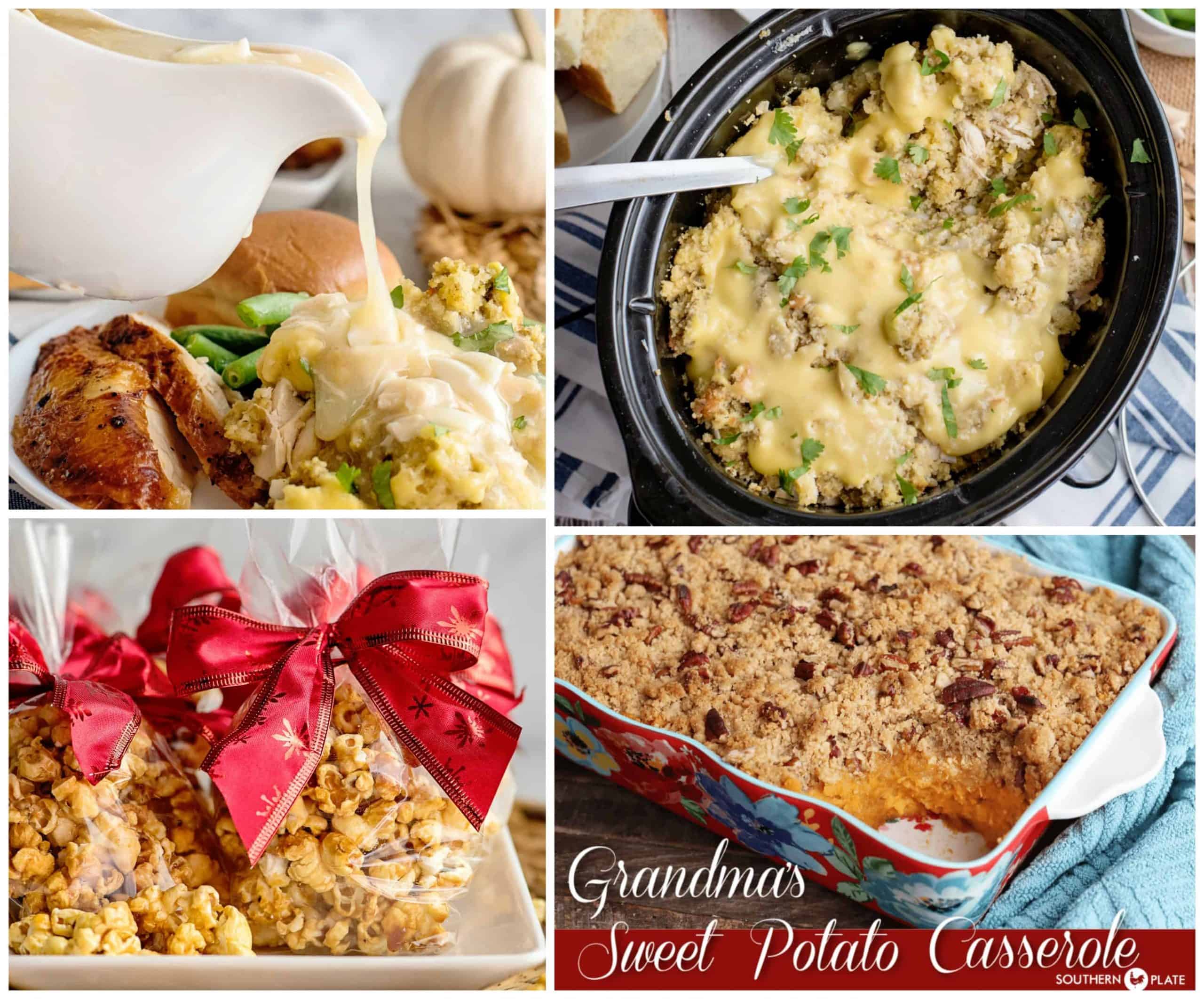
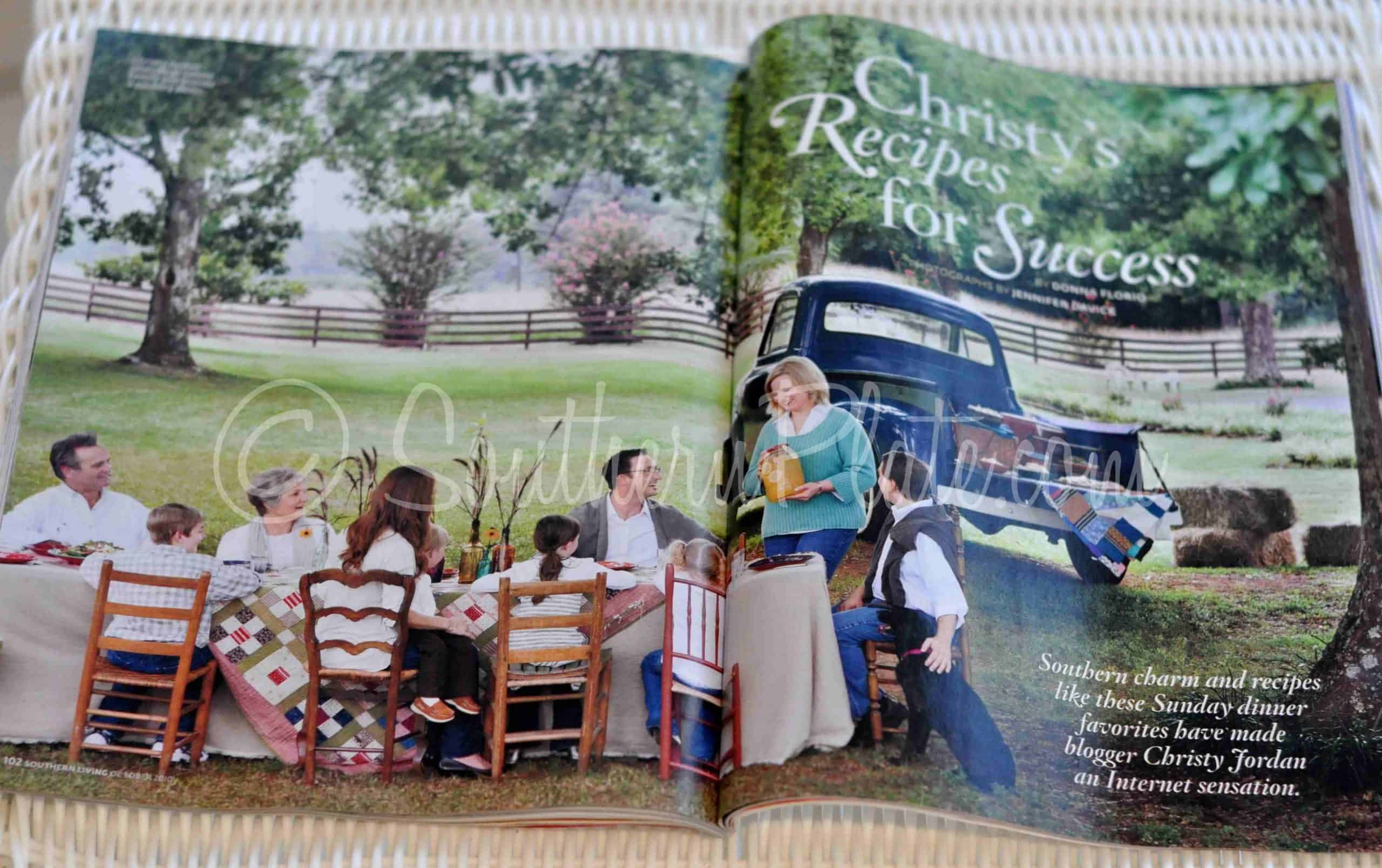


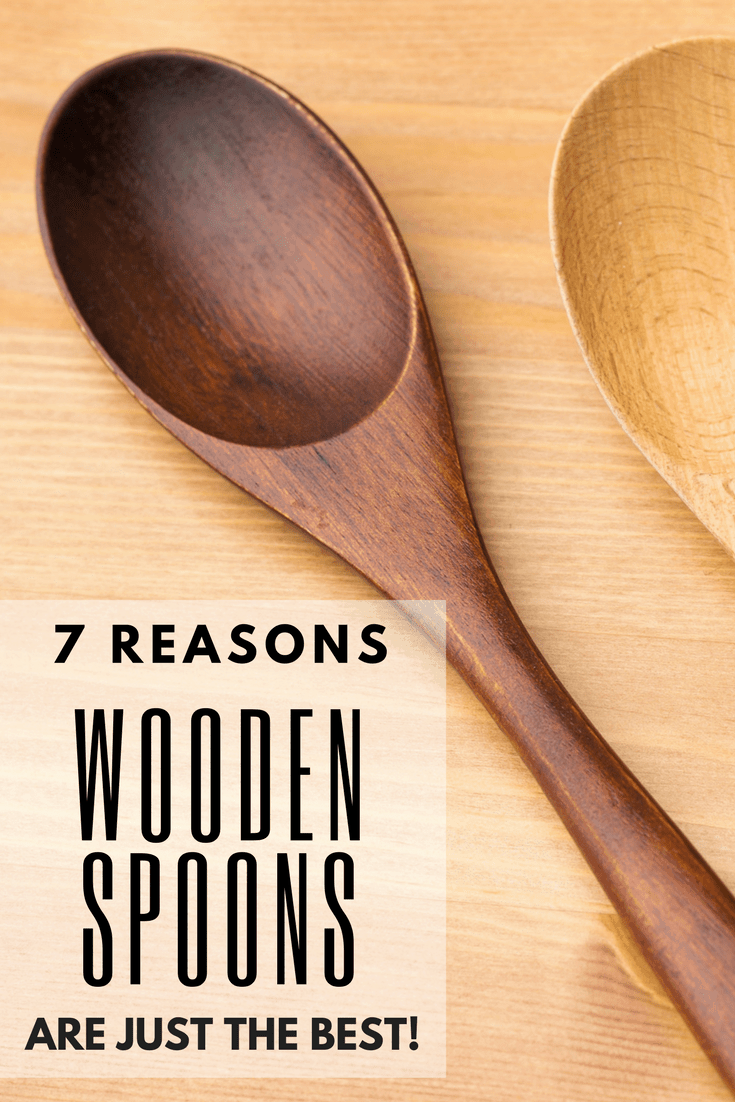
If you want to get all the crud out of you cast iron skillet then put you cast iron skillet in the oven on 550 degrees for 4 hrs. This will cook away anything ever put on the cast iron skillet. It will look pretty rough when done but all you have to do is let it cool and then put it in soapy water “mild detergent” and a brilio pad and get all scrub it real good until you get everything off then follow the seasoning directions.
Note: Since you are removing all layers of seasoning in this process it might be best to add 2 or 3 coats of seasoning back on the cast iron skillet.
Hi,
I got an old Griswold pan which looked black and seasoned to my unexperienced eye but it turned out to be just really dark rust oiled all over. I soaked it in the 50/50 water and vinegar mix as some have advised and it took about two days and several washes to get it clean. I couldn’t get into some areas of pitting and patchy rust but I was sick of scrubbing so I just followed the directions for seasoning as above. It’s in the oven as I write and I hope someone can tell me if it’s ok to do that. The inside looks pretty rust free.
I also noticed that when I larded it up, the grease would get kinda gray looking from the pan, is that normal?
Lastly, man, I sure wish someone had warned me about the smell of hot smoking lard!! whoo…I got all windows open ad the back door too.
Thanks!
I had begged for several years and this past birthday (about a month ago) I FINALLY got a cast iron skillet. I never knew how to season it and everyone I asked told me something different. I’m glad I found this page. It’s a very easy to follow tutorial. I’m book marking this page because now maybe just maybe I’ll get the dutch oven that’s on my Christmas list 🙂
I don’ have a oven. Can I season it in my pit?
I have an old cast iron skillet and a newer grill pan that has rusted. How do you get the rust off them so then ca be used again, and how do I keep them from rusting again? I have always heated them up on the stove after washing. One person said I could pop them in the over when I use my self cleaning setting. Have you heard of this?
Thanks for listing all your recipes on one site. It makes it so much easier for me to find the ones I like and not have to keep every newsletter you mail out.
Thanks,
Wendy
I have used SOS pads to clean them up along with hot soapy water. This should clean off the rust. At this point it needs to be seasoned as above. When washing I only use hot water. I then set it on a burner and as the water dries I brush bacon grease on it. Shortening should also work. This renews the seasoning. I have a skillet I received as a wedding present 48 years ago. It still looks and works great.
I have a cast iron skillet that was seasoned wrong and doesn’t work all that great. Do you have any suggestions on re-seasoning it?
Thank you!
I would scrub it up with hot soapy water. Get it as clean as possible and then follow the directions for seasoning as above.
New Mexico Susieq
Question. I have a lot of cast iron. Had some for years and some from my mother. But recently I acquired an old cast iron kettle. It has quite a bit of white stuff in it from boiling water. How do I clean this? Do you still season it? That doesn’t seem quite right. But it does seem to need something. Thanks.
NM Susieq,
Sorry for not responding to your post sooner, I guess I just over looked it. I would suggest soaking the kettle in a vinegar/water solution. Use 2 parts water to 1 part vinegar. Soak it overnight and then wash it with hot soapy water. If you plan on using the kettle for boiling cooking water, I would suggest not seasoning the inside as you might have “greasy” bacon tasting water or other hot drink. If you are just going to boil water for the humidity, I don’t see any reason not to season it inside and out. For which ever you choose, clean and season the outside and lid as shown.
I had checked back a couple of times and had not realized it had been so long this last time. But THANK YOU very much for getting back with me. I will try the vinegar to clean it up and then just season the outside and lid. Again thanks!